Provence Odyssey | Aix: Day 9 – In search of Cézanne

You know that you are approaching Aix when you see the looming multi-dimensional silhouette of the Mont Sainte-Victoire rising up over the horizon. Thanks to the multiple depictions of this magnificent mountain by the city’s most famous son, Post-Impressionist Paul Cézanne, the city of Aix-en-Provence, cosmopolitan gem of Southern France, together with its ever faithful mountainous backdrop, has been placed firmly on the cultural map of Europe. They say that one should leave the best till last, and this we surely did when we made Aix the last stop of our 10 day Provençal Odyssey.
It became immediately clear that Aix is a busy, bustling city, with the sense of something chic and Parisian about it, but at the same time maintaining the sleepy charm of the Provence region. In Aix, the shutters and pastel colours seen across Provence are here in their multitudes, but instead of narrow little streets, here they decorate vast plazas and long tree-lined boulevards. Like the verdant rolling countryside around it, Aix is abundant with plan trees and cypresses, pine trees and olives, yet those trees cast their dappled light not upon fields, but over the exquisitely decorated facades of churches and palaces, of museums and grand cafes, and over the broad pavements which facilitate the art of strolling along shop-lined avenues. And best of all in Aix are the fountains. Said to be the “City of a Thousand Fountains”, the real number is thought to be closer to 100, but Aix is truly abundant in water, in dancing leaping and trickling water, all caught in the great basins of these baroque fountain sculptures, which are at the centre of every square and street.
Aix’s resplendent fountains…
No wonder Aix is so magnificent – it was the capital of Provence one upon a time, and today is an international students’ town, full of culture, cafes and a general air of excitement. And of course one of the greatest pleasures about visiting Aix is to indulge in all that excitement on offer, to perambulate along its fashionable streets, and to sit by its many fountains, sipping upon a coffee or cooling down with an ice cream or two – more about that later. But my first priority on visiting this city was to discover its most famous resident, the somewhat reclusive artist but often called the Father of Modern Art – Paul Cézanne.
Cézanne grew up and spent most of his life in Aix. Of course he did make a trip or two to Paris, and it was there that he first discovered impressionism. However, it was in the heartland of Southern France that Cézanne really felt at home, and it was undoubtedly the rugged scenery of Provence and the immediate surroundings of Aix that helped to characterise Cézanne’s development from the dappled light of Impressionist works, to the rugged geometric depictions of his Post-Impressionist oeuvre. The origins of cubism had been born.
Cézanne’s Mont Sainte-Victoire
Aix, perhaps predictably, relishes its connection with this foremost artistic genius (although sadly it didn’t at the time Cézanne was painting in the city) and today its tourist office provides an excellent and very comprehensive walking tour both through and around the city, picking up on all of the various places of relevance to both Cézanne and his family along the way. Sadly we did not have time to do the whole tour (although I think we may survive not seeing where Cézanne’s mother’s brother’s friend lived), not least because with Aix basking under the reflective glory of nearby Marseille’s status as European Capital of Culture 2013, there were plenty of cultural activities we wanted to pack into our short two-night stay. However, what we did prioritise was two integral aspects of Cézanne’s life and work in Aix: His studio, and the view of Mont Sainte-Victoire itself.
Cézanne’s studio
L’Atelier de Cézanne (the studio of Cézanne) is a good 20 minute walk uphill out of Aix, but it’s a walk taking the earnest visitor gradually out into the verdant pastures of suburban Aix, with views of the city growing gradually more impressive as the road rises. The studio itself provides an absolutely fascinating insight into Cézanne. It’s essentially just a one room museum devoted to Cézanne, but not a museum with story boards and animations – this is simply the artist’s studio, with the various props scattered around which he used in his many still life compositions. Of course Cézanne is as much famous for his still life depictions of apples and oranges as he is for the Mont Sainte-Victoire, but those paintings were more often than not depicting fruit clustered around other objects – old pots and bottles, and a broken mannequin.
It was consequently fascinating to walk into the studio and see before you those same objects which have now become so well-known to the art lover through Cézanne’s works. That broken mannequin for example was immediately recognisable from the Courtauld’s Still Life with Cherub, and there too were the skulls from his Pyramid of Skulls. It was also fascinating to see the methods of his work in this studio which still smells of oil paint and turpentine – his tall ladder to work on larger paintings, and a large vertical hole in the wall through which larger canvases such as his Bathers series (which were painted at this studio) could travel in and out. Meanwhile, outside of the little studio house, the overgrown gardens really give the impression of the kind of solitude and reclusiveness which Cézanne preferred to maintain throughout most of his working life.
Studio done, and the creative air of Cézanne breathed in deeply, we headed up hill for about another 20 minutes to visit what is now called “Le Terrain des Peintres” – literally Painter’s Ground – said to be the exact spot where Cézanne would go to paint the magnificent view of the Mont Sainte-Victoire. Today, the space takes the form of pleasantly manicured garden, with some reproductions of his paintings set around the walls of the gardens. But other than that, it is a quiet spot, blissfully free from the tourist hoards who frequented his studio, probably because of its distance from the city, and its lack of parking for coaches.
And the view? Just stunning. In that moment, turning around and catching the view of the glorious pastel-shaded mountain rising out of the field-covered horizon, I felt my breath sucked away from me as in this moment of epiphany I felt myself somehow drawn back into an artistic past – a period of artistic revolution, when the dominance of nature was recognised, when shape was reinvented, and when colour rose to the fore. For me, it was a highpoint of this Provençal Odyssey (both physically and metaphorically), the moment when I realised that a whole century of artistic progression and development owes its dept to this place, to this artist, to the path from impressionism to cubism which he opened up through his genius and his insight, starting as he did so perhaps one of the most important revolutions of all time.
The magnificent Mont Sainte-Victoire
More information on visiting Cézanne’s studio can be found here.
Related articles
- Norms do… Cézanne’s Card Players (daily-norm.com)
- Provence Odyssey | Saint-Rémy: Day 8 – Picture-Perfect Provence (daily-norm.com)
- Provence Odyssey | Saint-Rémy: Les Photos (daily-norm.com)
- Provence Odyssey | My Journey in Paintings: Beau Les Baux (daily-norm.com)

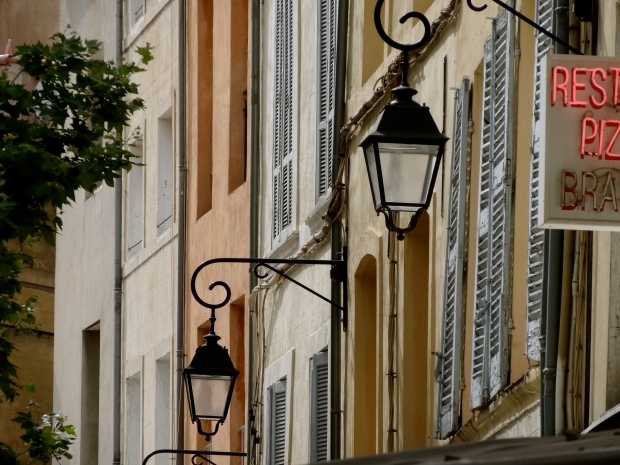






















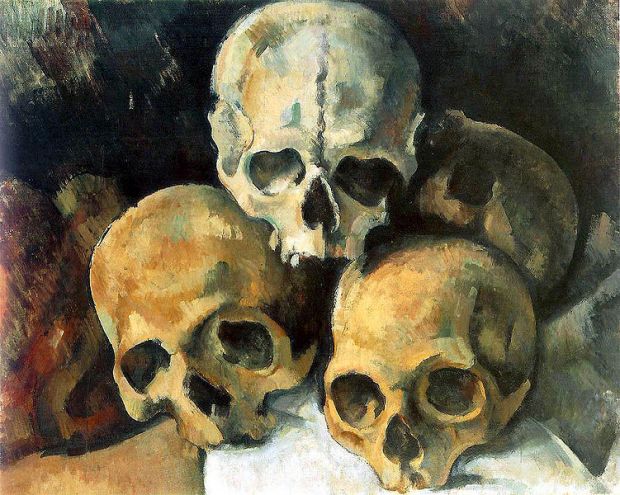




















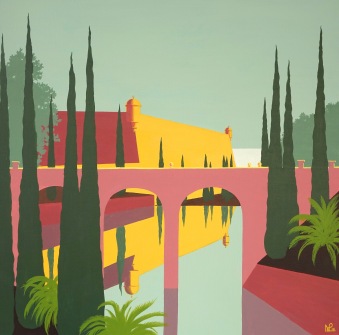




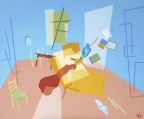







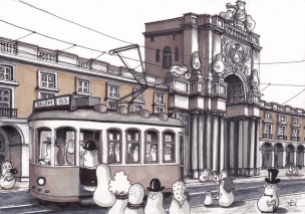










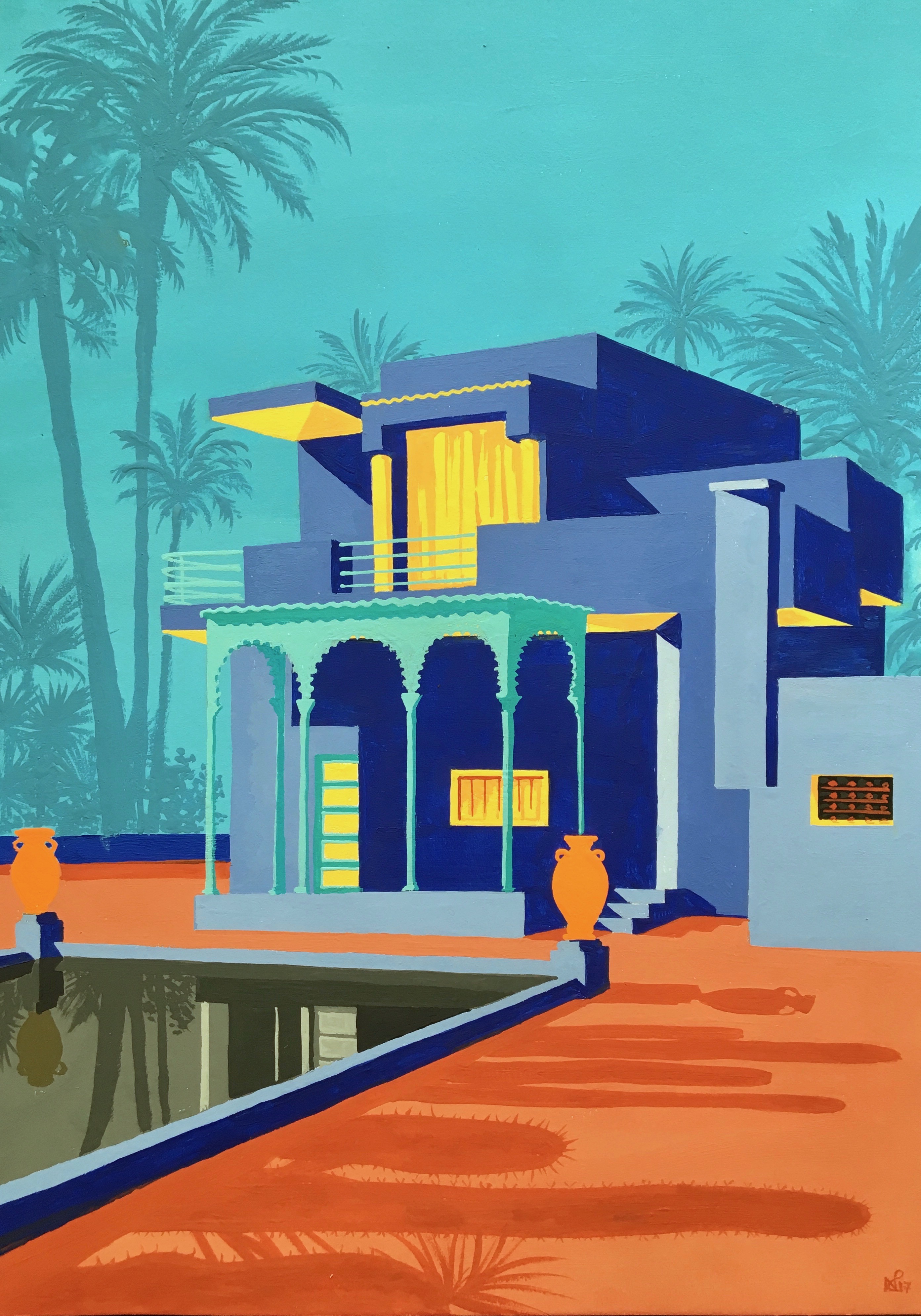
Trackbacks & Pingbacks